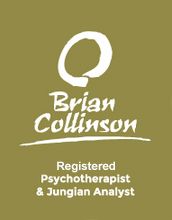
The Symbolic Power of Home, Part 2: Where is Home?
In the first part of this series, I wrote about how the experience of connection to a specific place that is home can be powerful and profound. However, there are also many people for whom there is no connection to a sense of home. And, for…
